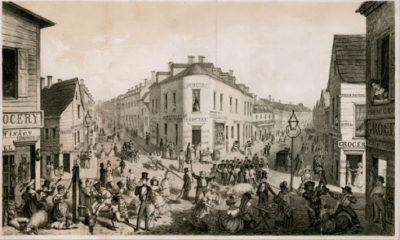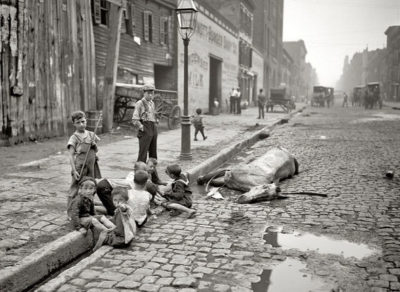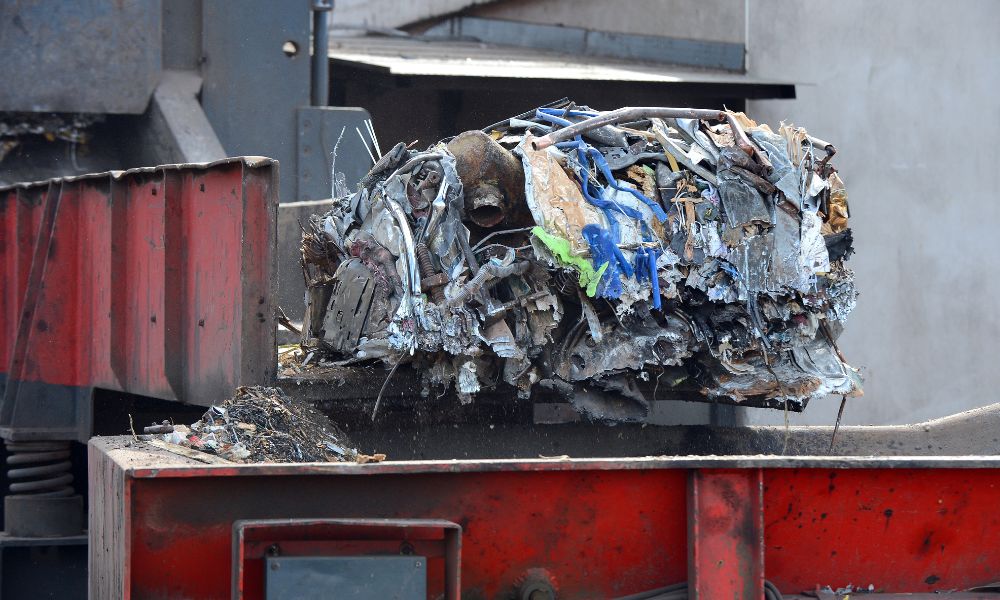Throughout the 1800s, New York City’s population was exploding in the throes of the industrial revolution. Immigration from Europe flowed steadily through Ellis Island. The invention of the blast furnace allowed for structural steel to be manufactured in mass, and for the first time in American history, cities were built up into the sky. Workers in urban factories gained steady work making items like clothing, shoes, and other necessities. With massive increases not only in population but in population density, urban centers like New York became breeding grounds for a plethora of infectious diseases.

During a famine in Ireland between 1832 and 1849, immigration from the country to New York City grew exponentially. Cholera had previously ravaged Europe in 1848, and in the summer of 1849, an epidemic broke out. For five years, Cholera spread in the city until an English Physician name John Snow (not from Game of Thrones) discovered that Cholera was spreading through contaminated water.
The 1832 and 1849 cholera epidemic killed 3,000 and 5,071 New Yorkers, respectively, and displaced over 100,000 people into the countryside. Cholera would again become a problem during the reconstruction era. In 1866, a new outbreak of Cholera caused 1,137 deaths. Tuberculosis ran rampant during this time spread by breath and catalyzed by malnutrition. Typhoid also caused many deaths due to contaminated water. Typhus, a condition spread by lice, spread quickly among cramped workers in poor living conditions.

Scientific innovation paced the rapid industrial growth during the 1800s. Louis Pasteur discovered microbes in 1864, and the Germ Theory of disease grew to popularity as researchers began to understand that harmful bacteria cause illness in humans.
The initial medical understanding of Germ Theory translated into policy as officials recognized the poor living conditions of New York City as culpable in public health. George Waring Jr., a former Colonel during the civil war, was tasked with cleaning up dreadful conditions in New York. In the city, 120,000 horses left half a million pounds of manure on the streets every day. Public housing tenements rested in a combination of garbage, human feces, horse feces, and dead animal carcasses.
Waring employed 2000 sanitation workers to go street by street and clean up the mess. Waring’s workers sold horse carcasses sold for glue, manure for fertilizer, and other refuse, landfilled.
Citizens of New York so appreciated the work of their sanitation workers that they threw a parade for them in 1896!
In 1900 New York City had a population of 3.5 million, which pales in comparison to today. 8.6 million people now inhabit New York City, and the sanitation work continues. In large cities across the US, innovations have come about to ensure sanitary cities for all. The average American produces around 4.5 pounds of garbage per day. In our nation’s population centers, sanitation efforts ensure this waste doesn’t clog up city streets and become a public health crisis.
The first trash compactor was patented for residential use in 1941 by John A. Boyd. Early hydraulic systems used water. In the 1960s and ’70s, American Manufacturers such as Marathon Equipment, JV Manufacturing, and Philadelphia Tramrail began manufacturing trash compactors to address the growing need to condense and streamline waste disposal in commercial applications. Trash compactors don’t reduce the amount of waste we generate, but they have three functions as it relates to public health. First, waste inside a trash compactor is contained and virtually inaccessible. Disease carrying insects and rodents are discouraged from accessing compacted waste compared to open-top containers. Secondly, compacted trash is hauled up to 75% less. This means fewer trucks congesting city streets and generating C02 emissions. The odor from the waste inside a compactor can be limited with an Ozone generator, and it is far less unsightly than an overflowing open-top container. Finally, compacted waste is contained on its trip to the landfill and far less likely to end up flying onto highways, into rivers, streams, and forests.
As we face the reality of Coronavirus and its effect on our daily life, it is worthwhile to pause and be grateful for the sanitation workers who make sure that we don’t live in filth. As much of the country remains at home, refuse workers continue to pick up the trash and ensure our cities remain safe from many of the public health crises of our past.


